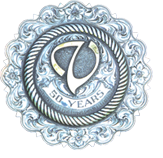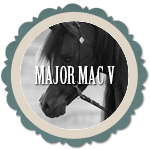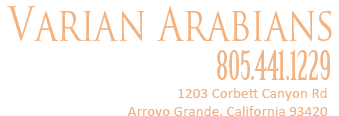All of us at Varian Arabians are committed to you, the breeder, to work with you to achieve your goals in breeding for the best possible foal(s), and to meet your needs with respect to the type of foal you’re breeding for.
We stand several stallions here at Varian Arabians to breed to your Arabian, Half-Arabian, Quarter horse or any other type of mare(s). Each stallion gives a different perspective, look and athletic capability to their get. Most stallions are Breeders Sweepstakes Nominated Sires, Scottsdale Signature Stallions and are SCID , CA and LFS clear.
If you would like more information about the stallions we stand at stud, please visit our stallion page or contact us so we can assist you in determing the best cross for your mare.

DNA TESTING
REMINDER: As of January 1, 2002, all Arabian foals born in 2002 and later will need to be DNA tested in order to be registered by the Arabian Horse Registry.
All of our breeding stallions have all been DNA tested.
If your mare has not yet been DNA tested, you will need to have this test done before you can register your foal. To order a DNA test, call the Arabian Horse Association at (303) 450-4748 or go to their website: www.arabianhorses.org. The DNA test for the foal will come after you submit the registration papers.








